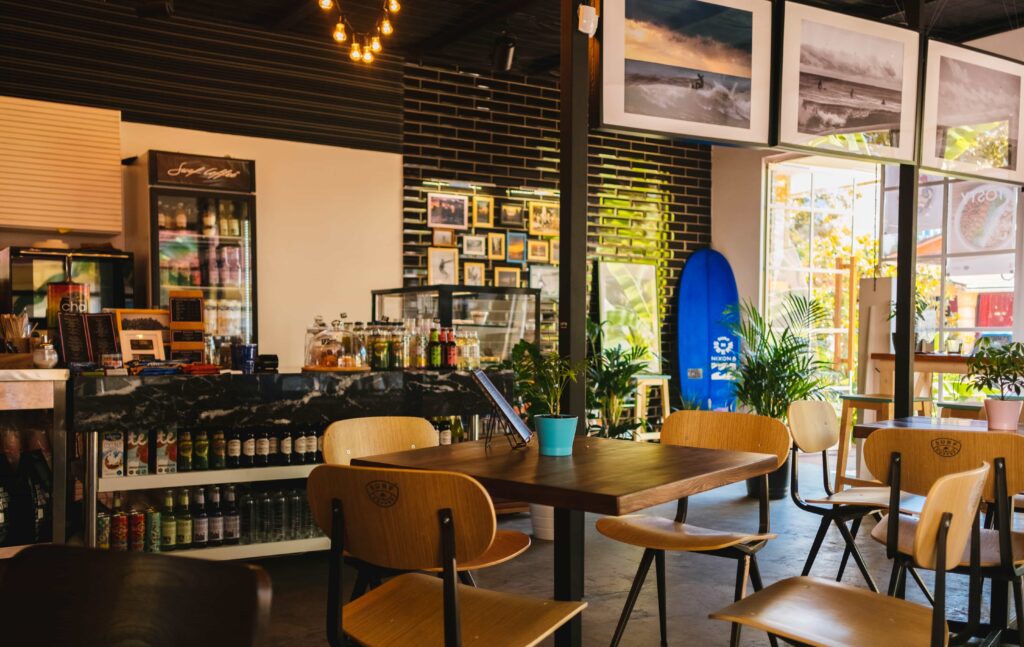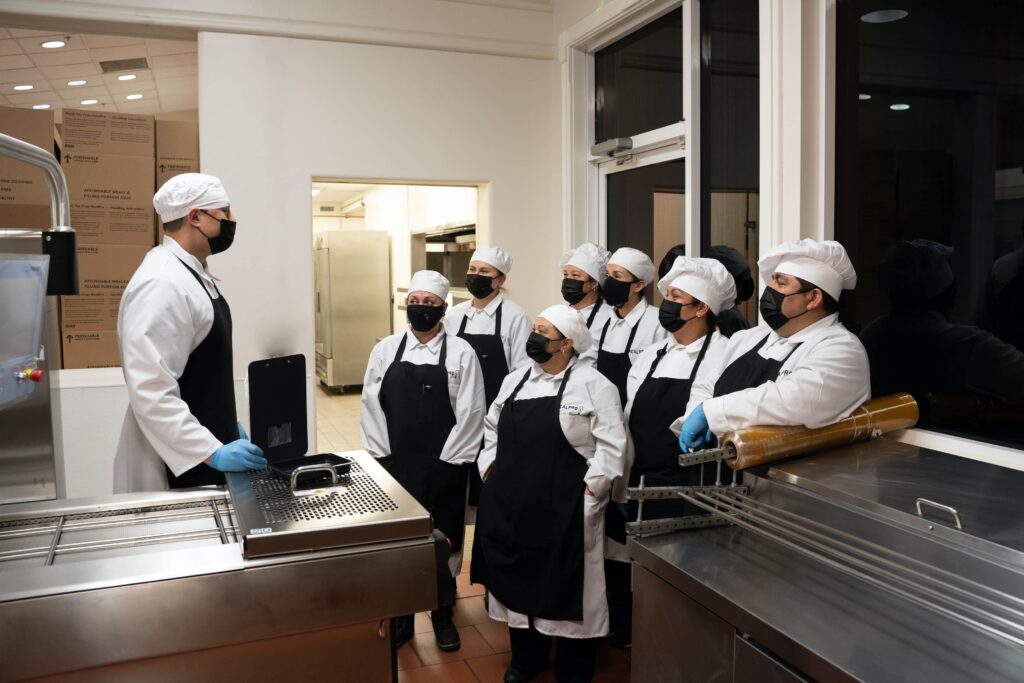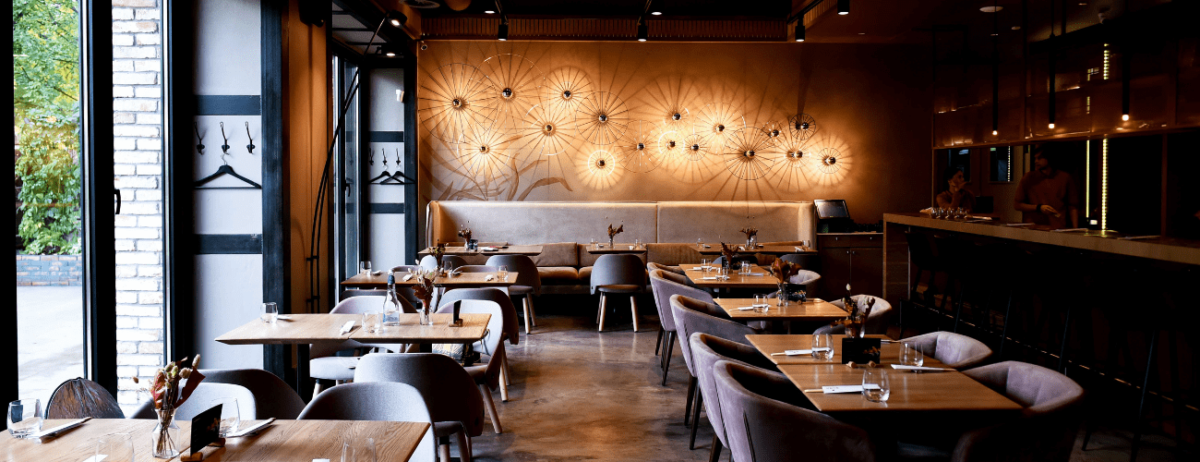Are you planning to open your very first restaurant? You’ll need to develop a business plan for that! A restaurant business plan is fundamental for your overall concept, detailing how your new business will grow and operate once you start running. It’s essential to have a business plan for your small business because this will be your compass, no matter where you are on your business journey.
Though an essential step in beginning a business, creating a business plan remains a struggle for several aspiring entrepreneurs, regardless of industry. If you don’t know where to start, you don’t have to worry. In this article, we’ll break down the essential components of a business plan and explain the sections you’ll need for your small restaurant business plan.
The Importance of a Business Plan
A business plan gives business owners, investors, stakeholders, and leaders an organized roadmap for bringing your idea for a new restaurant to life, how you intend to make a profit from your company, and ensuring that no details are ignored as the company grows.
The procedure may take a lot of time and can be challenging. Still, without a solid restaurant business plan, no investor would be interested in funding your restaurant, and even if they do, you will have a rough start if you don’t have a business plan to follow.
Creating a Small Restaurant Business Plan

Before you start working on your restaurant business plan, get a sense of what the finished product should look like. Each restaurant business plan will be unique, but the following information is typically required:
1. The Overall Concept
A solid restaurant business plan should always start with a summary of your overall concept. This is your time to make your readers, from possible partners and opening employees to investors, thrilled about your small restaurant business plan—enough to be interesting to join in and help you out, whether that means lending a hand or contributing startup capital.
This is also the section where you should describe the type of service you intend to provide. Is it going to be a fine dining experience or something more casual? Are there going to be wine pairings, or will it just be a pay-at-the-bar establishment? The service you provide has a significant impact on the overall concept.
An essential overall concept includes:
- Mission statement
- Proposed concept
- Execution
- A glance at the costs that might be involved
- Expected return on investments
Another vital factor to consider is the restaurant’s interior design. Don’t hesitate to offer visuals if you have ideas for how your area will look or what design components you’ll use. Business plans are text-heavy, so use necessary graphics to break things up wherever you can.
2. Company Description
This is the section of the small restaurant business plan where you describe the company in detail. Begin this area by listing the name of the restaurant you are opening and its address, contact information, and other pertinent details.
You should emphasize the restaurant’s legal situation and its short and long-term goals in the second section of the company description. Include a brief market study demonstrating your knowledge of current food trends and why your restaurant will prosper in this industry.
3. Sample Restaurant Menu

The menu is perhaps the most significant aspect of establishing your restaurant. You won’t be able to serve anything if you don’t have it. Understandably, a final version of the menu is not yet in place, but it’s important to have a mock-up for a small restaurant business plan at the least.
Incorporate your logo into the mock-up and select a layout that you can envision yourself using. Make a point of emphasizing your food and beverage selections. Because the menu is vital to your restaurant and brand, you should devote a lot of time and effort to it in your restaurant business plan.
But don’t just include everything; try to come as near to a comprehensive menu as possible. Use appealing descriptions and a well-thought-out format. Suppose you are experiencing difficulty creating a menu design or don’t desire to pay a designer. In that case, there are a lot of online resources such as TemplateMonkey to help you out.
Pricing is another crucial aspect of your sample restaurant menu. Investors should be able to see the cost analysis you’ve done at your prices. This will help them give a better insight into the target price point for your restaurant. Even at an early stage, you’ll notice how essential menu engineering is.
Read more: Bottoms Up! 13 Drink Menu Templates to Impress Your Customers
4. Include a Market Analysis
Consider this section to be a response to the “why” part of the previous query regarding your target market. If you’ve determined who your target market is, explain why they would choose your restaurant over others. Consider the following questions below:
- What business gap do you want to fill?
- Do you provide services that other nearby restaurants don’t?
- Will you have a special service for the tourist crowd?
In your small restaurant business plan, emphasize what makes you unique.
5. Your Employees

The restaurant business plan’s company description section briefly presents the restaurant’s owners and provides background details about each. In this section, the management team of your restaurant should be thoroughly laid out.
What positions would you need, and how many employees do you need to fill each role? What would you do to characterize yourself as a great employer? The investors don’t require you to have established your entire team at this stage, but you should have at least a few people on the team. Use the talent you’ve picked so far to emphasize everyone’s collective work experience that they will showcase to the team.
6. Restaurant Design and Location
It will help if you display your thoughts and suggestions to the investors in the design section of your restaurant business plan. If you haven’t made professional mock-ups for your restaurant yet, that’s okay! Create a vision board instead to express your idea. Look for images that have a similar concept to the one you want in your restaurant.
Your restaurant’s location, on the other hand, must be appropriate for your target market. You may not have a specific place in mind at this phase, but you should have many options in mind from which to choose. You want to give your investors as much detail as possible about each potential location and why it would be ideal for your restaurant. Include details such as square footage and the demographics of the area.
Read more: 13 Takeout Menu Templates to Spice Up Your Business
7. Financials

Your financials, just like the design of your sample restaurant menu, would almost certainly require the assistance of a professional accountant. Establishing a budget will assist you in anticipating all of the costs associated with opening a restaurant—there will always be more than you can imagine! An accountant who has worked in the restaurant industry will provide you with anything you need to show investors, including a break-even report, a budget for your capital requirements, and a profit and loss statement that you will need for the first few years.
You should also prepare some necessary details to make the accountant’s work easier. He’ll want to know the number of seats your restaurant has, what would be the average check per table, and the number of customers you expect to seat per day.
Furthermore, if you calculate the food cost for different menu items, it will help assess your profit margin per dish. A free food cost calculator will help you do this job quickly.
8. Marketing
With restaurants springing up left and right these days, investors will want to know how you intend to spread the word about your business. The marketing and advertising portion of your business plan should detail how you intend to promote your restaurant both before and after it opens. This also includes any plans you might have to enlist the assistance of a public relations firm to help with the publicity.
9. Market Overview

In this portion, go through in great detail the micro and macro factors that you will need in the area where you want to open your restaurant. Talk about how you intend to manage the current economic conditions that could make it hard to open a restaurant and how you intend to prevent that. Likewise, discuss all the other restaurants that are potential competitors, as well as your strategy for standing out.
10. External Help
You’ll require a great deal of help to transform your restaurant idea into a reality. Create a rundown of any external organizations or tools you intend to hire to assist you with getting your restaurant fully operational. This involves everything from bookkeepers and designers to suppliers who will assist your restaurant in improving its productivity, for example, point-of-sale systems and a reservation database.
In summary, developing a business plan for small businesses can be challenging. However, with the right guidance and steps, you’ll have a solid restaurant business plan in no time. Keep these steps in mind at all times, and you’ll have a successful journey!


